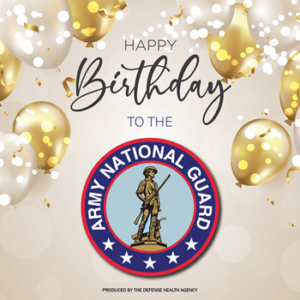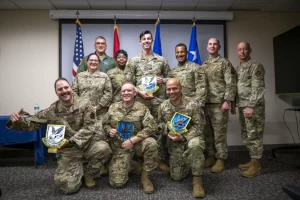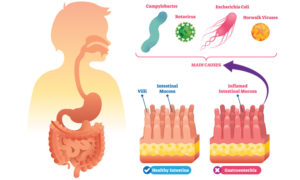



National Guardsmen were called on time and again to help out their fellow U.S. citizens, and they deployed to operations around the world, National Guard Bureau Chief Army Gen. Daniel Hokanson told the House Appropriations Subcommittee on Defense yesterday.
The year 2020 was unprecedented and historic,” Hokanson said in written testimony. National Guard members supported every combatant commander around the globe and met every mission here at home. On June 6, 120,000 National Guard soldiers and airmen were mobilized in support of overseas and domestic missions — one of the highest levels of National Guard support to our nation since World War II.
And National Guardsmen helped their fellow Americans in many different ways.
The coronavirus pandemic saw large numbers of Guardsmen called up, first to help in testing stations and later at vaccination sites. “The men and women of the National Guard served more than 7.6 million days in support [of] the COVID-19 pandemic – a mission that continues today,” the chief said. “They provided over 632 million meals to neighbors; distributed over 539 million pieces of personal protective equipment to essential workers; and tested or screened over 16.1 million people for the virus across the 50 states, 3 territories and the District of Columbia in 2020.
National Guardsmen manned fire lines in California where record-setting blazes endangered communities and caused a massive amount of damage. They also assisted during a hurricane season marked by a record number of named storms.
The homeland missions are only a part of the National Guard since the National Guard is also the military’s strategic reserve.
“The National Guard is the primary combat reserve of the Army and Air Force, and provides operational capability to the Space Force,” Kokanson said. “We provide enduring, rotational, surge and follow-on forces to meet any joint force mission. Today, thanks to the substantial investment in training, equipment and readiness by Congress and DOD leaders, we have become the most capable, professional, ready and combat proven National Guard in the history of the United States.”
The homeland missions are only a part of the National Guard since the National Guard is also the military’s strategic reserve.
“The National Guard is the primary combat reserve of the Army and Air Force, and provides operational capability to the Space Force,” Kokanson said. “We provide enduring, rotational, surge and follow-on forces to meet any joint force mission. Today, thanks to the substantial investment in training, equipment and readiness by Congress and DOD leaders, we have become the most capable, professional, ready and combat proven National Guard in the history of the United States.”
Two examples of this are the North Carolina Army National Guard’s 30th Armored Brigade Combat Team, which deployed to Kuwait and Syria in 2020. When the Guardsmen returned from that deployment, they began supporting COVID-19 response efforts and civil disturbance missions. The Idaho Air National Guard’s 124th Fighter Wing deployed their A-10s and airmen to the region, as well. “The 124th’s deployment, the wing’s second-largest ever, required pilots, security forces, maintainers, medical personnel, special warfare tactical air controllers and staffers to support operations across two continents,” Hokanson said.
Guardsmen also work in other realms. The State Partnership Program is a long-standing program that pairs states with partner nations. The effort helps build capabilities and capacities in partner nations and allows nations to see how a democracy works with its military. “Improving the military, security and emergency response capacity of partner nations improves their resiliency, benefiting the entire international community,” the general said.
The Guard also manned posts along the U.S.-Mexico border. Guardsmen stood watch over the cyber world.
Therefore, we must be ready to execute our three core missions: fighting America’s wars; securing the homeland; and building enduring partnerships that support our nation’s strategic objectives. Continued investment in the National Guard ensures we can meet today’s demands while preserving the capability, capacity and deterrence our nation needs against a broad spectrum of potential future threats.
As Alaska National Guardsmen continue to help communities in western Alaska impacted by the remnants of Typhoon Merbok, service members in Florida are preparing for the arrival of Hurricane Ian which actually hit Sept 28, 2022.
The National Hurricane Center is providing frequent updates on Ian’s progress.
In Alaska Sept. 17, 2022 Merbok hurricane/typhoon, National Guardsmen are supporting Operation Merbok Response as part of a joint task force that also includes members of the Alaska Naval Militia and the Alaska State Defense Force after Merbok’s remnants caused dramatic flooding across more than 1,000 miles of coastline in the state.
The National Guards response to Merbok: 164 Alaska service members assisting, 2,000-plus work hours, 125,000-plus pounds of debris removed, & 16 communities serve.
I could go on writing a novel showing how the national guard was there for American citizens and out of America lending more than just a helping hand; so thank you for all you do!!







